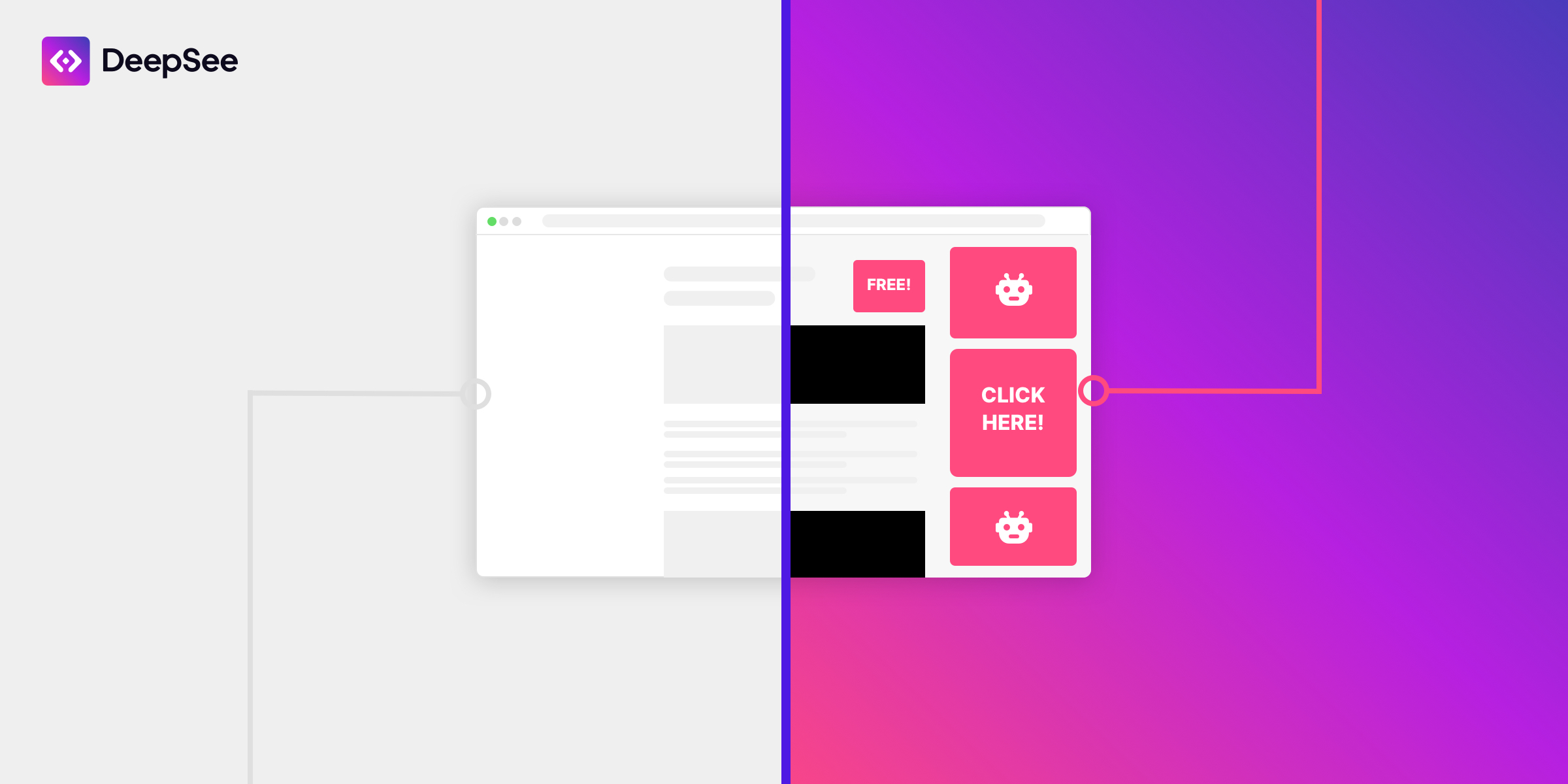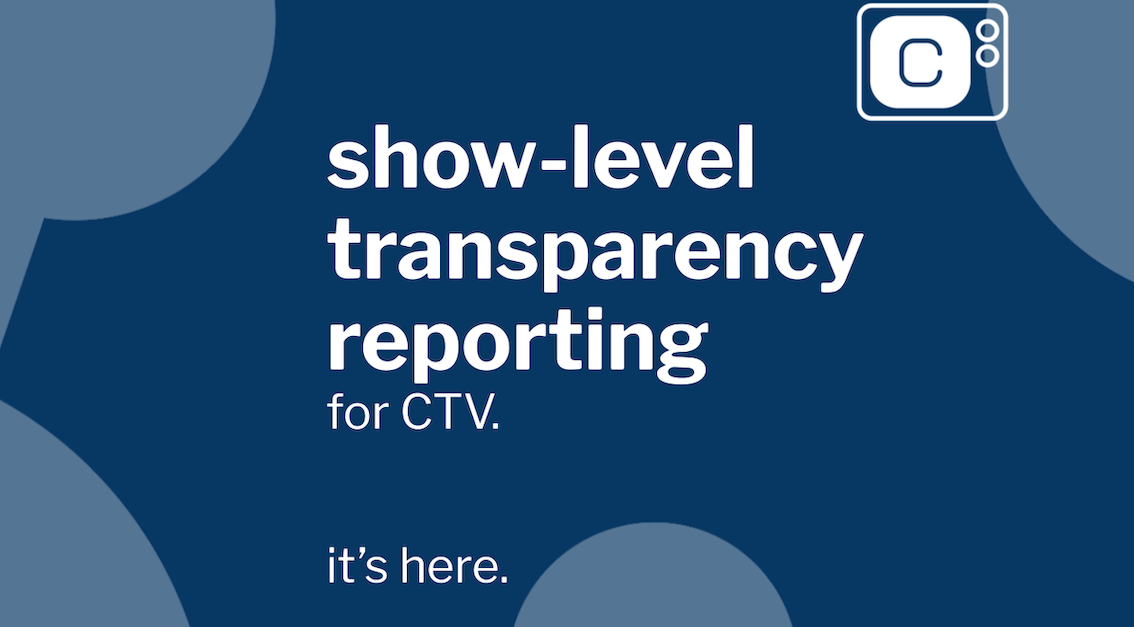2 min read
Peer39 Launches Show-level Transparency Reporting for CTV, Ushering in New Era of Programmatic CTV Clarity
For the First Time, CTV Buyers Gain Consistent Visibility of Show-Level, Channel, Content, And Delivery PerformanceOffering Rounds off a...
 David Simutis
David Simutis



